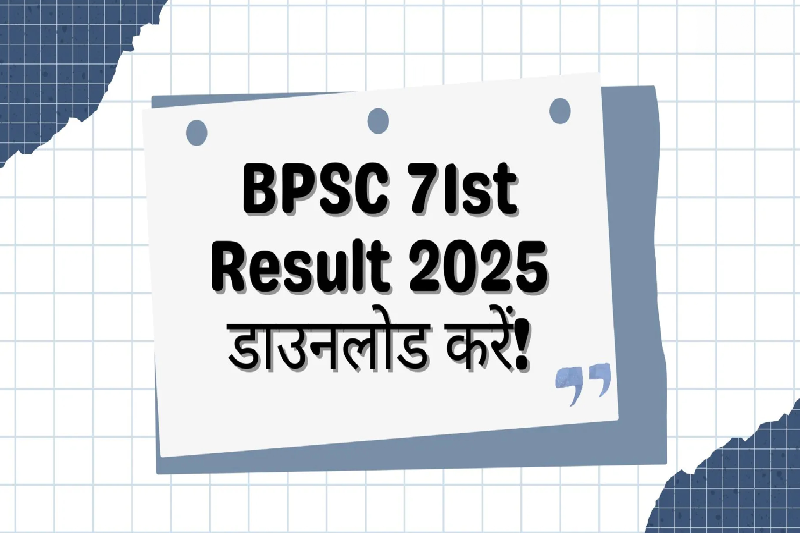
NCERT Forms Panel to Review Class 8 Maratha Empire Map Amid Historical Accuracy Row
The National Council of Educational Research and Training (NCERT) has found itself at the centre of a historical accuracy debate after the release of its new Class 8 social science textbook. A map depicting the extent of the Maratha Empire has drawn objections for allegedly misrepresenting historical boundaries — particularly for including parts of Rajasthan’s Jaisalmer region as Maratha territory.
In response, NCERT has constituted a high-level expert committee to review the feedback and recommend corrections if necessary.
Controversy Over the Map
The trigger for the debate came earlier this week when Chaitanya Raj Singh, from the erstwhile princely state of Jaisalmer, took to social media platform X to voice his objection. Singh claimed that the map “depicts Jaisalmer as a part of the then Maratha Empire,” a portrayal he called “historically misleading, factually baseless, and deeply objectionable.”
He argued that there are “no authentic historical sources” to suggest Maratha dominance, invasion, taxation, or authority over Jaisalmer. The post quickly gained attention, adding fuel to ongoing discussions about the accuracy of historical depictions in school textbooks.
NCERT’s Official Response
While NCERT’s public statement on Thursday did not explicitly mention the controversy, it acknowledged receiving feedback on “educational content in a few textbooks.” As per its established process, the council announced the formation of a committee comprising senior domain experts from reputed institutions, alongside faculty members from relevant subject areas.
The statement emphasised that this is standard practice whenever “substantial feedback or suggestions” are received regarding textbook content or pedagogy. The committee, headed by the Curriculum Department’s chief, will “carefully deliberate on the matter” and take evidence-based decisions to recommend the necessary revisions at the earliest.
Background: New Textbooks Under NEP 2020
The disputed Class 8 book is part of NCERT’s ongoing project to create new textbooks aligned with the National Education Policy (NEP) 2020 and the National Curriculum Framework for School Education (NCFSE) 2023.
So far, new books for Classes 1 to 8 have been released, with the Class 8 editions launching only last month. These releases follow a tight production timeline, which NCERT officials admit leaves limited room for exhaustive original research into every historical detail.
Michel Danino’s Clarification
Michel Danino, chairperson of NCERT’s curricular area group for the new social science textbooks, addressed the issue directly in a note on Wednesday. He confirmed that the team is conducting further research to verify the accuracy of the boundaries shown in the Class 8 map.
“If they are incorrect, a revised map will be prepared based on the best information available, and submitted for future editions of the textbook,” Danino wrote, adding: “We are fully open to error correction.”
According to Danino, the chapter in question was prepared in consultation with two recognised experts on the Maratha period. He clarified that Jaisalmer is not mentioned anywhere in the text, including the sections that accompany the map.
Basis of the Map
Danino explained that the map was adapted from earlier published maps of the Maratha Empire, which have long been in the public domain and, to the best of the team’s knowledge, had not previously faced objections.
The map covers:
- Areas under direct Maratha control
- States paying tribute or taxes
- Regions under periodic agreements with the Marathas
He stressed that such maps represent a frozen moment in time, while the actual historical context was “much more complex, fluid, and fast evolving.” A single image, he added, “cannot encapsulate the whole story of the Maratha empire.”
Challenges of Textbook Creation
Addressing the inherent challenges of producing these new textbooks, Danino pointed to the tight deadlines given to authors and researchers. These constraints often require contributors to rely on secondary sources deemed authentic and scholarly, rather than conducting fresh primary source research for every map or historical claim.
He also acknowledged an oversight in the Class 8 book. While the new Class 7 social science textbook includes a note stating that map borders are approximate, this caveat was not included in the Class 8 edition. “The team should have used the same caveat for all historical maps in this book as well,” he admitted.
Looking Ahead: Review and Corrections
The NCERT committee’s task now is to examine all available evidence and determine whether the map’s depiction of Maratha boundaries — especially in relation to Jaisalmer — needs correction. If confirmed inaccurate, the changes will appear in future textbook editions, ensuring that the current academic cycle is minimally disrupted while historical accuracy is maintained.
This episode also underlines the broader challenges facing textbook creators in India: balancing the need for speed in implementing the NEP 2020 reforms with the responsibility of delivering rigorously verified, politically and historically neutral content.
A Teachable Moment in Historical Education
While the map dispute is still under review, it has sparked a broader conversation about how history is represented in classrooms. For educators and policymakers, it serves as a reminder that maps are not just illustrations — they are interpretations that can shape students’ understanding of the past.
For NCERT, this moment reflects its willingness to remain “open to error correction” and to adjust content when credible evidence is presented. As new editions of textbooks roll out in the coming years, the council’s commitment to accuracy will be under closer scrutiny than ever before.



